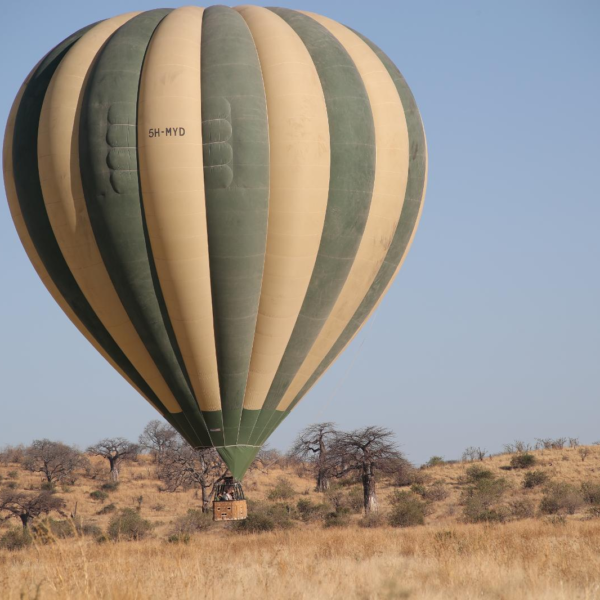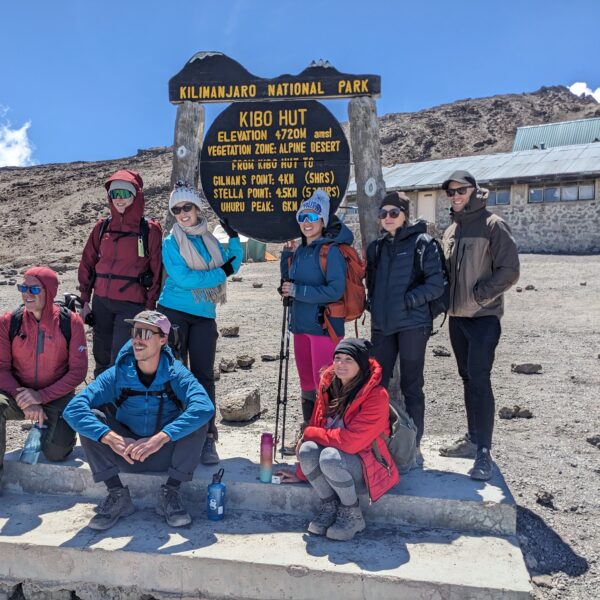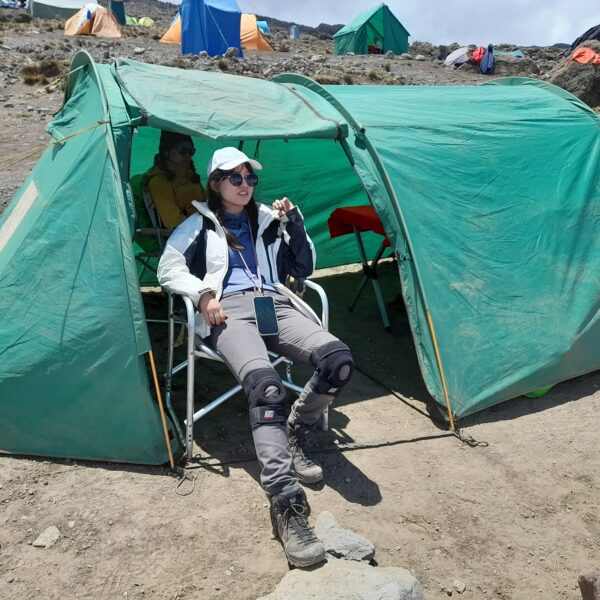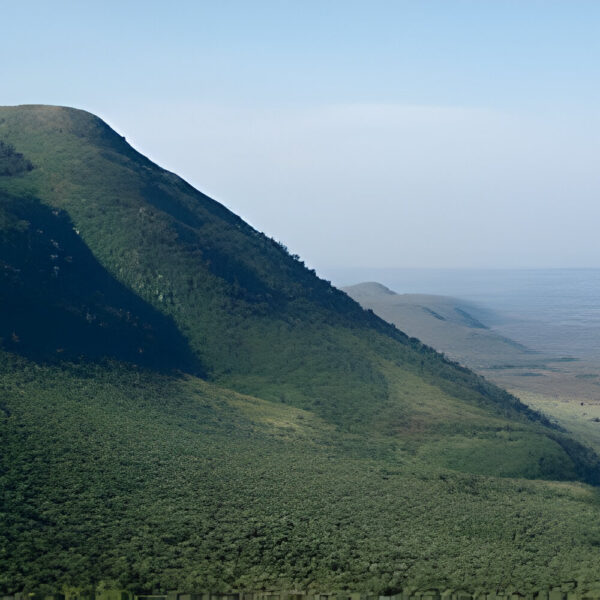2 days Tanzania safari to Tarangire and Ngorongoro crater from Moshi
Overview
2 days Tanzania safari to Tarangire and Ngorongoro crater from Moshi safari takes you to two of Tanzania’s most iconic destinations: Tarangire National Park wildlife & travel tips and Ngorongoro Crater. Tarangire is known for its vast herds of elephants, ancient baobab trees, and abundant wildlife. Ngorongoro Crater, a UNESCO World Heritage site, offers a chance to see the Big Five in a stunning natural amphitheater. This short but action-packed itinerary is ideal for travelers looking for a Group or Budget oriented safari options that offers Family friendly Safari itineraries
Tour Plan
The day begins with a scenic drive from Arusha to Tarangire National Park. Upon arrival, you’ll embark on a game drive through the park’s diverse landscapes of open savannah, baobab-dotted hills, and riverine woodlands. Tarangire’s main water source, the Tarangire River, draws large numbers of animals during the dry season, making it an excellent wildlife-viewing destination.
Wildlife Highlights:
- Elephants: Tarangire is famous for its massive herds of elephants, often seen congregating near the river.
- Big Cats: Lions and leopards are frequently spotted in the park, particularly near water sources.
- Baobab Trees: The park is dotted with iconic baobabs, some over a thousand years old.
- Giraffes, Zebras & Wildebeests: Large herds of grazers roam the plains.
- Birdlife: Tarangire is home to over 500 bird species, including hornbills, ostriches, and lilac-breasted rollers.
You’ll stop for a picnic lunch at a scenic spot within the park, enjoying the views while keeping an eye out for passing wildlife. After lunch, continue with an afternoon game drive to explore more of the park’s habitats.
In the late afternoon, depart Tarangire and drive to your lodge or tented camp near the Ngorongoro Conservation Area. Enjoy dinner and an overnight stay surrounded by the tranquility of the African wilderness.
After an early breakfast, head to Ngorongoro Crater for a full morning game drive. Descend into the crater and experience the breathtaking scenery of the world’s largest intact volcanic caldera. The crater’s diverse ecosystems—ranging from grassy plains and forests to swamps and lakes—create a perfect habitat for a wide variety of wildlife.
Wildlife Highlights:
- The Big Five: Ngorongoro is one of the best places to see the Big Five—lion, elephant, rhino, buffalo, and leopard.
- Lions: The crater has one of Africa’s highest densities of lions, often seen patrolling the open plains.
- Black Rhinos: Keep an eye out for the endangered black rhino, a rare sight in East Africa.
- Hippos: The Hippo Pool is a great spot to observe these massive creatures up close.
- Flamingos & Water Birds: Lake Magadi often attracts flamingos and other water birds, creating a vibrant spectacle.
- Zebras & Wildebeests: Large herds of grazers can be found throughout the crater floor.
Stop for a picnic lunch at a designated site within the crater, taking in the stunning views and surrounding wildlife. After lunch, continue exploring the crater before ascending the crater walls in the afternoon.
Return to Arusha in the late afternoon, passing through scenic highlands and rural villages along the way. Upon arrival, you’ll be dropped off at your hotel or preferred location, marking the end of your safari adventure.
This 2-day safari is designed to give you a rich, memorable experience of Tanzania’s wildlife and landscapes. Let me know if you’d like any changes or more details!
Prices
| Quantity | 1 PAX | 2 PAX | 3-5 PAX | 6-10 PAX | 10+ PAX |
| Price/Day | $450 | $420 | $350 | $300 | $280 |
Included/Excluded
- Park entry fees for Tarangire and Ngorongoro Crater
- Transport in a 4x4 safari vehicle with a pop-up roof for wildlife viewing
- Professional English-speaking guide
- Meals: 1 breakfast, 2 lunches, and 1 dinner
- Bottled water throughout the safari
- Accommodation in a lodge or tented camp
- International flights
- Visa fees
- Alcoholic beverages, soft drinks, and tips
- Optional cultural tours or activities (e.g., Maasai village visit)






